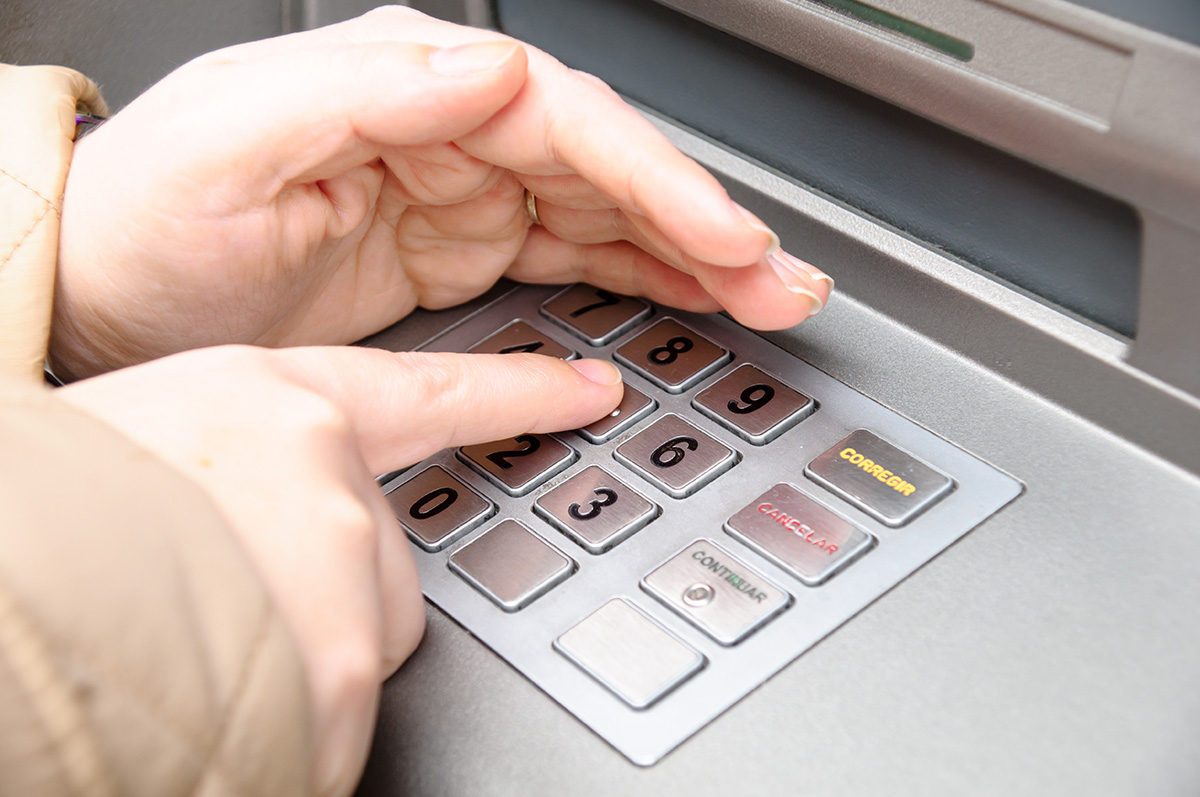The modern financial world is intricately woven with diverse payment instruments, two of the most prevalent being credit cards and debit cards. Although these cards often look similar—rectangular plastic with a chip, a strip, and company logos—their functionalities and implications for consumers are fundamentally different. Knowing these differences can elevate your financial literacy, improve security, and help you manage your money efficiently.
Fundamental Economic Structures
Credit cards function primarily as borrowing tools. When a credit card is utilized for a transaction, it means you are drawing upon a credit line provided by your issuing bank or financial entity. Consequently, the bank covers the cost on your behalf, and you are required to reimburse the bank at a subsequent time, either entirely each month or in installments with added interest. In contrast, debit cards are directly connected to either a checking or savings account. Any operation performed with a debit card instantly subtracts money from your current balance, positioning them as instruments for spending your own capital instead of borrowed money.
Approval Procedures and Qualification
Credit cards usually necessitate an evaluation of your financial reliability. Financial institutions examine your credit rating, earnings, and payment track record prior to sanctioning an application. Superior credit scores can unlock cards offering enhanced benefits, reduced interest rates, and elevated spending caps. Debit cards, conversely, are commonly provided to individuals opening a checking account and do not involve credit inquiries, thus making them easily available to a broader demographic, including those with limited or unfavorable credit histories.
Transaction Limits and Overdrafts
With a debit card, your transaction capabilities are limited by the balance in your linked account. Some banks allow overdrafts—spending slightly more than your account balance—but this is not always automatic and can involve significant fees. Credit cards offer a set credit limit, predetermined by the issuer. This is the total sum you can borrow. Going over your limit usually results in declined transactions or hefty over-limit fees.
Billing Cycles, Repayment, and Interest
One key characteristic of a credit card is its billing period. Every month, you get a statement detailing your expenditures, any accumulated interest, and the lowest payment required. Should you choose to pay less than the total outstanding amount, interest fees will be applied to the remaining balance—frequently at annual percentage rates (APR) from 15% to 30% or even more. Debit cards do not have repayment timelines or interest since money is immediately withdrawn.
Safeguarding Against Fraud and User Responsibility
Security stands as a crucial distinguishing factor. Governed by federal statutes such as the Fair Credit Billing Act, credit cards provide strong fraud safeguards, typically capping responsibility for unapproved transactions at $50, a sum frequently waived completely by the issuing entities. Numerous credit cards include sophisticated fraud detection and policies of zero liability. Debit cards, conversely, fall under the Electronic Fund Transfer Act, presenting less advantageous terms; accountability can increase to $500 if illicit activity isn’t reported within two business days, and account holders risk losing all funds in their bank account if fraud remains unreported for over 60 days.
Impact on Credit Score
Responsible use of credit cards—such as making timely payments and maintaining low balances—contributes positively to your credit score. They provide a documented history of borrowing and repayment behavior, crucial for future loan approvals or even renting an apartment. Debit card usage, on the other hand, does not influence your credit score, as it reflects only your ability to spend existing funds, not your capacity for debt management.
Benefits, Advantages, and Motivations
Frequent travelers and shoppers often gravitate toward credit cards because of their extensive rewards programs. Cardholders may earn points, cash back, or airline miles for every dollar spent. Additional perks include extended warranties, travel insurance, price protection, and exclusive event access. While some debit cards offer token rewards, their programs are generally less generous due to lower profit margins for banks.
Application Contexts and Approval
Although both cards are widely accepted globally, certain transactions—such as hotel reservations, car rentals, and online ticketing—are more smoothly handled with a credit card. Merchants often prefer credit cards due to greater payment guarantees and the ability to place pre-authorization holds, which debit cards may not always facilitate.
Fees and Charges
While annual fees on credit cards can range from zero to several hundred dollars, many no-fee options still provide valuable benefits. Hidden costs, such as late payment fees, cash advance charges, and foreign transaction fees, must be considered. Debit cards generally do not impose annual fees, but ATM usage outside your network or overdraft protection can incur extra charges.
Financial Discipline and Behavioral Implications
Research suggests that individuals often expend greater amounts when utilizing credit cards rather than physical currency or debit cards, possibly owing to the mental separation from instant payment. Although this offers ease for purchases or urgent expenditures, it could also promote the buildup of debt if not handled prudently. Debit cards cultivate fiscal responsibility by limiting outlays to existing balances, assisting individuals who favor a pay-as-you-go approach.
Evaluating the differences between credit and debit cards reveals that the choice extends beyond mere preference to matters of financial strategy, risk tolerance, and life stage. Credit cards furnish flexibility, security, and rewards, but demand responsible debt management and awareness of interest implications. Debit cards offer simplicity and help enforce budgeting discipline, though with comparatively limited perks and protections. A nuanced understanding of both translates into informed decisions that align with personal financial goals and habits, shaping a foundation for fiscal well-being in an increasingly cashless society.




:max_bytes(150000):strip_icc()/GettyImages-22099526461-695f119f7b254a52aee8839ff8d99daf.jpg)